Article

Treating a significant transverse discrepancy in any adult patient is always a challenge. I explained to the patient the difficulties of achieving full correction of his malocclusion both vertically and transversely; however, he was willing to give it a go. From the outset, I felt that patient compliance, particularly with elastic wear, was going to determine the success of this treatment.
Posted brackets were placed in the buccal segments and TP white (extremely small) elastics were used from the initial bond visit, on 016 nickel–titanium archwires (Figure 1). To enable the use of cross elastics, metal buttons with curved bases were bonded to the lingual surfaces of the lower molars and premolars (Figure 2).
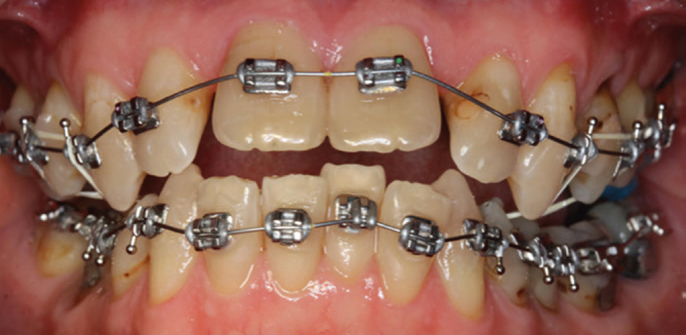

The patient was instructed to wear these elastics as close to 24 hours a day as he could, and if one elastic broke, to replace all of the elastics. He rapidly became proficient in elastic placement, and enthusiastic in their wear.
I would not normally encourage patients to use elastics on extremely flexible wires, but in this case, I wanted to get going with the transverse correction from the beginning.
Throughout treatment the elastic prescription sometimes changed, whereby on one side we would continue with the cross elastic, but on the other side, to try and improve the vertical position of the teeth, a box elastic was used (Figure 3). To aid correction of the transverse discrepancy, glass ionomer platforms were added to the occlusal surface of the upper left premolars to disengage to bite.

Once the patient was in an upper 19/25 rectangular wire, we resumed the white cross elastics. To maximize the uprighting of the teeth in the buccal segments, we proceeded to a lower full-sized 21/25 TMA archwire, and this was left to fully express torque for 3 months (Figure 4).
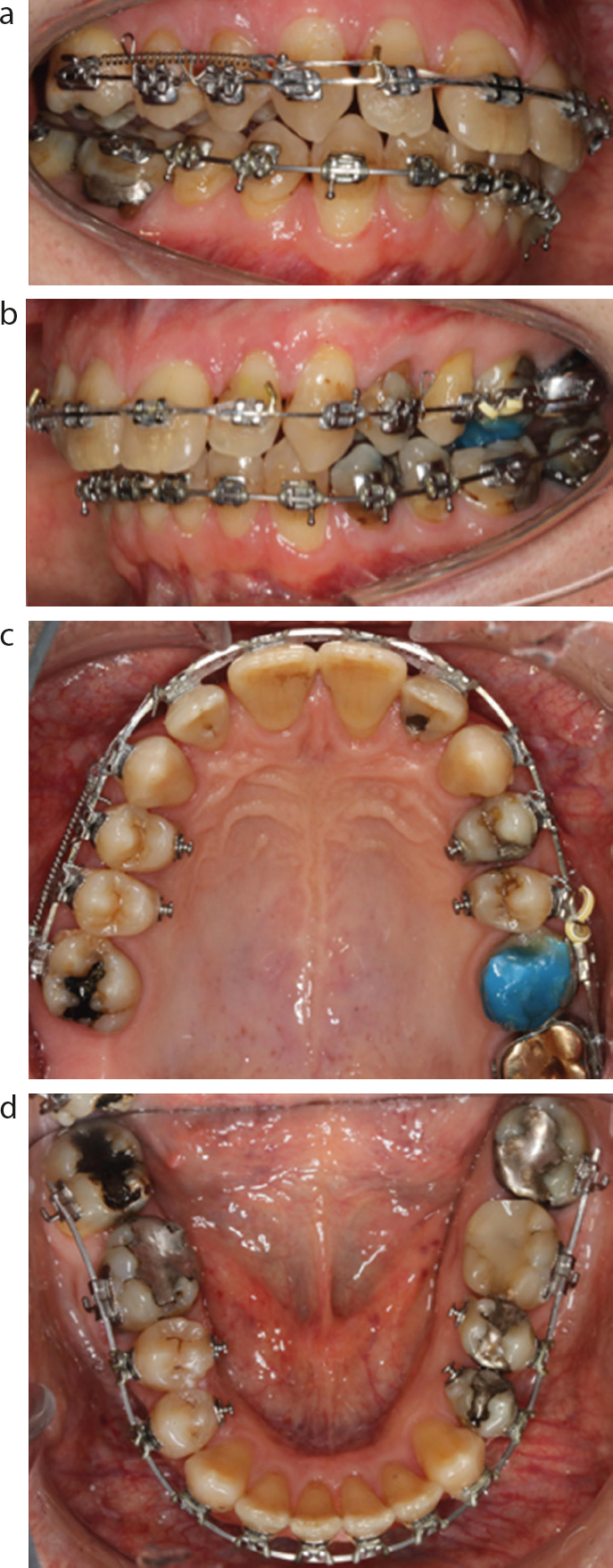
The patient was absolutely delighted with his improved dental and facial appearance following the 23-month course of treatment (Figures 5–7). The vertical and transverse discrepancies were fully corrected, and he ended up with a 2 mm overjet, an overbite and perfect Class I buccal segments with good interdigitation of the teeth.
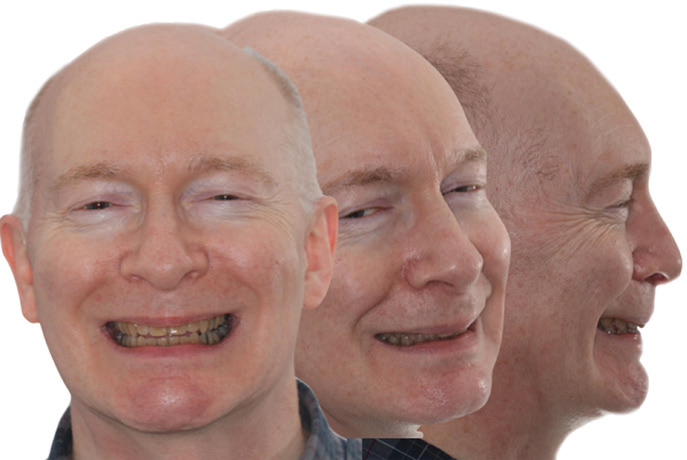

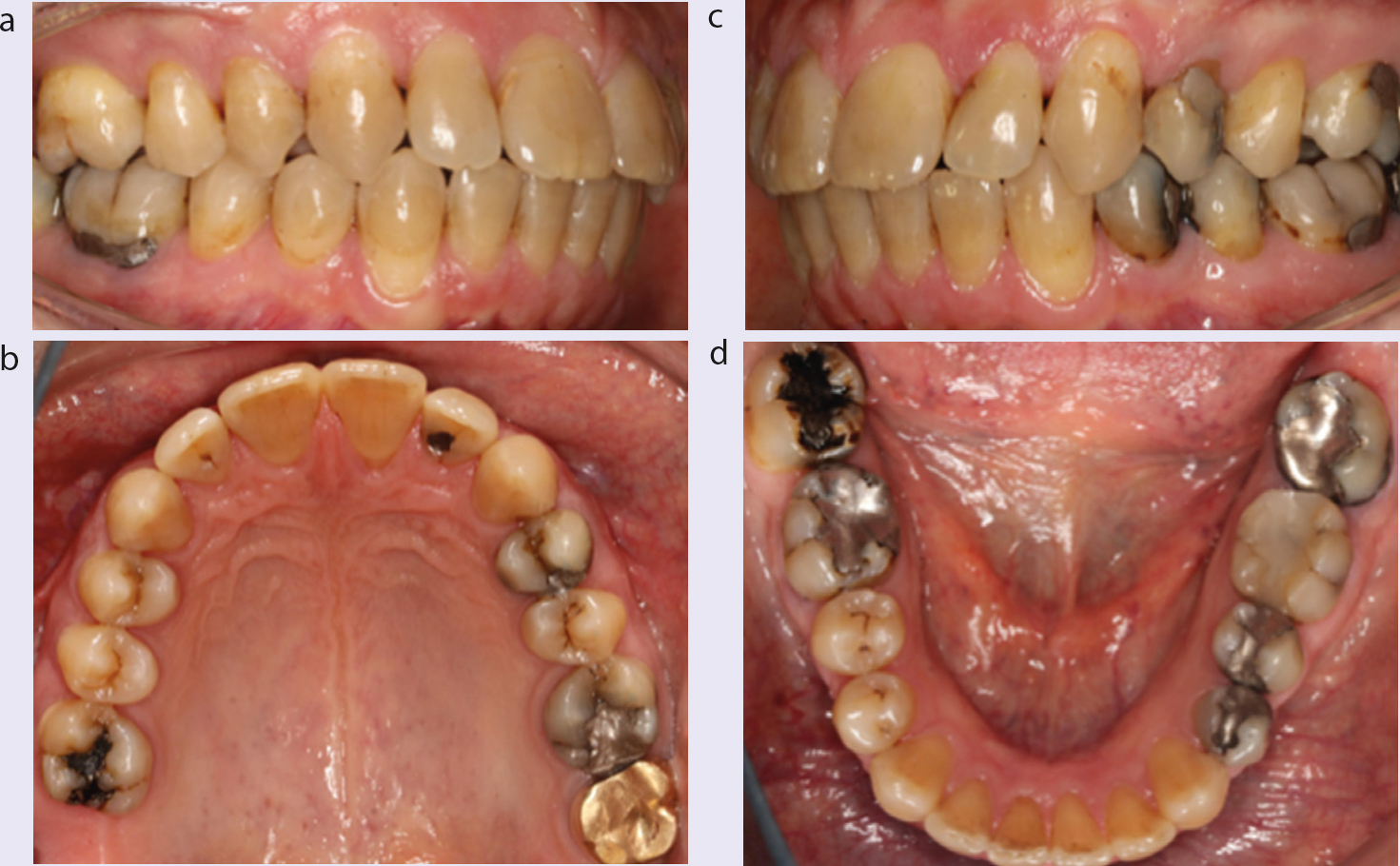
Figures 8 and 9 show the changes in the dental appearance.
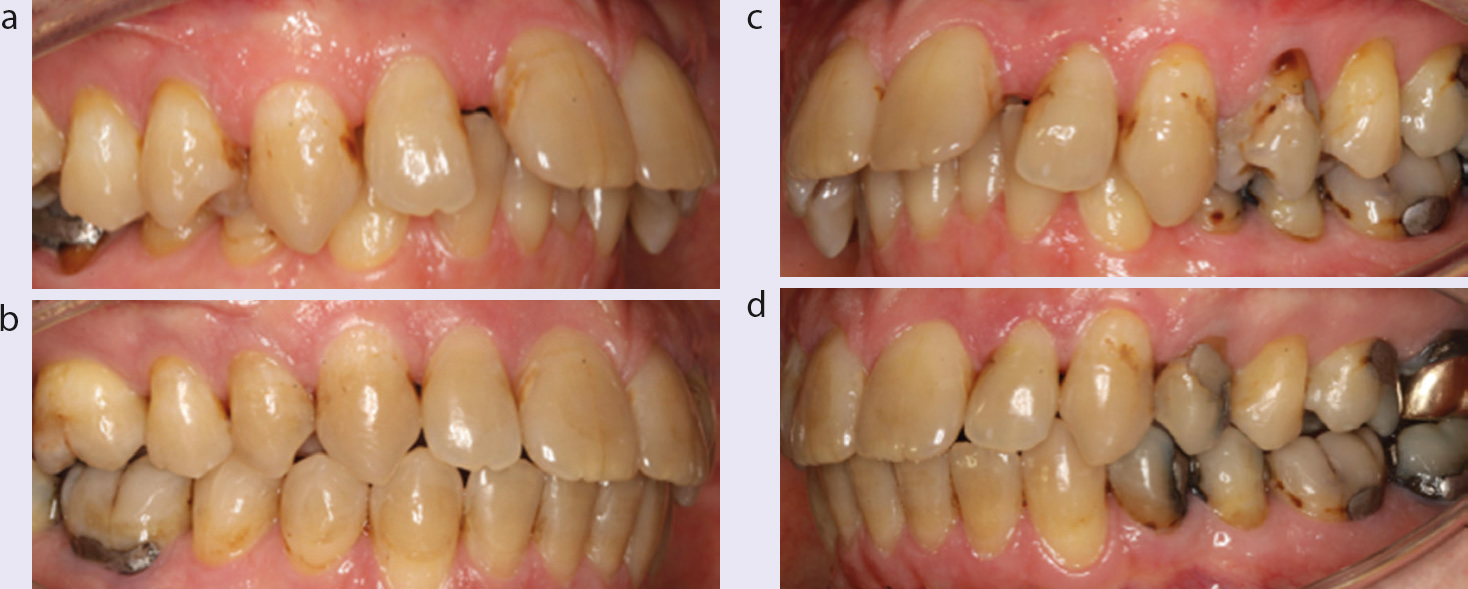
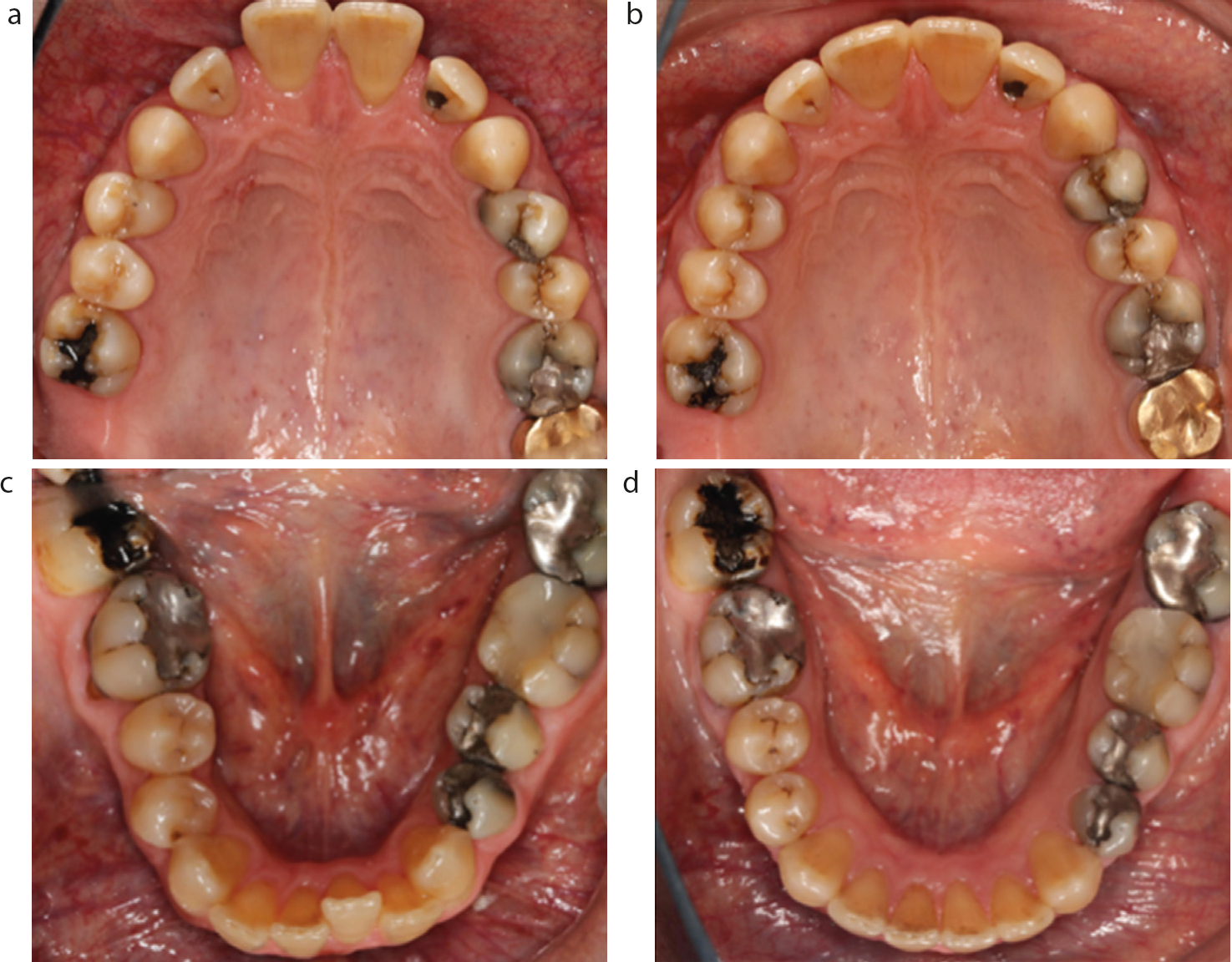
This case demonstrates that even in adult patients with a particularly challenging transverse discrepancy, with enthusiasm and good compliance with elastic wear, a significant improvement in the occlusion can be achieved in a relatively short period of time.
